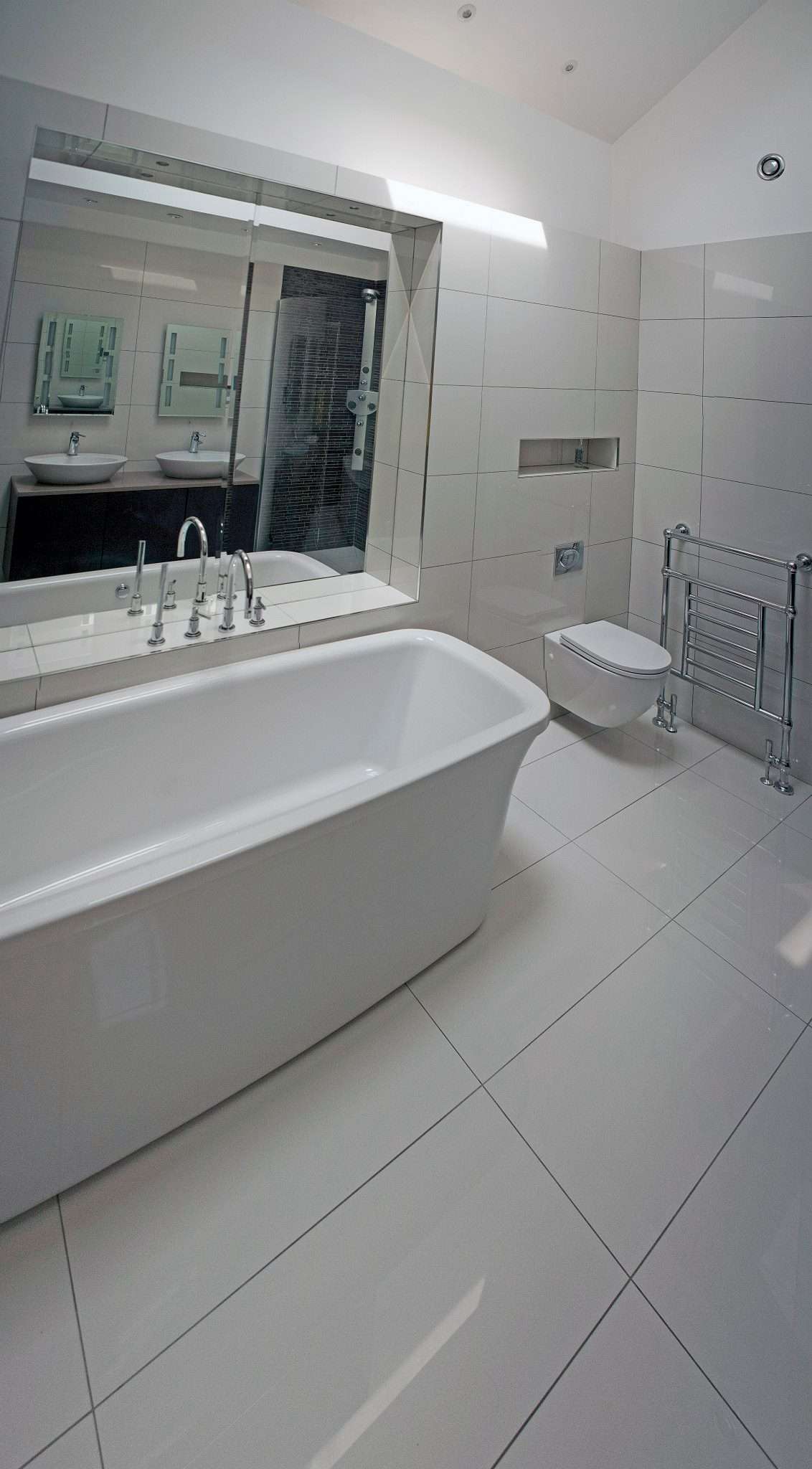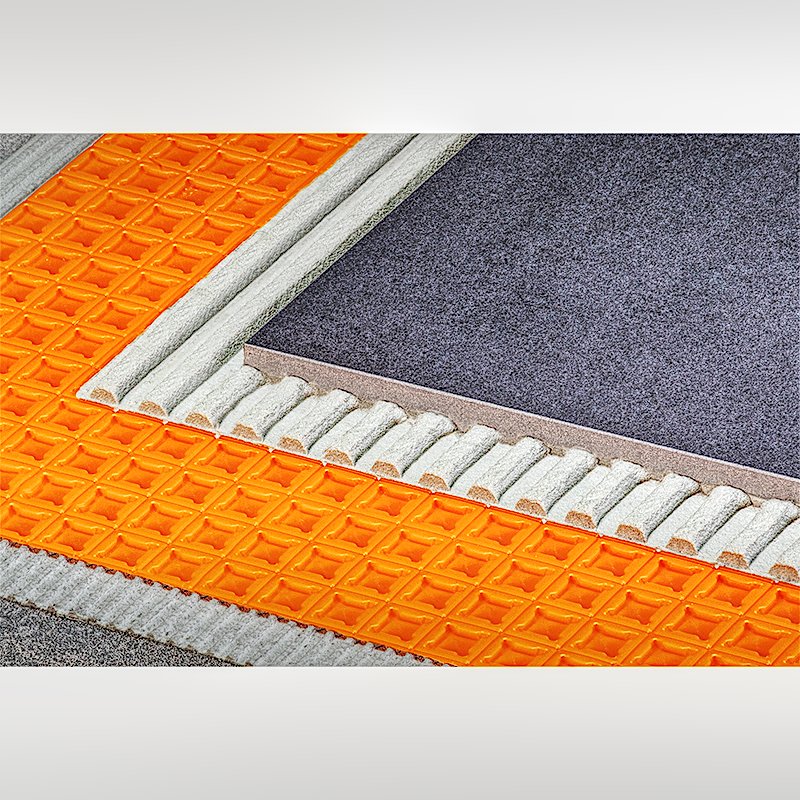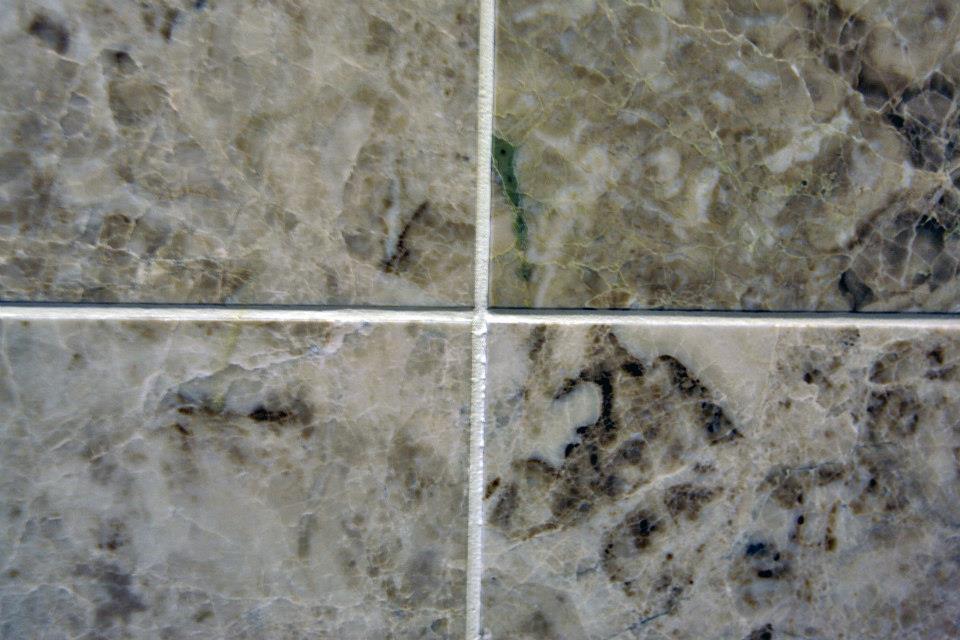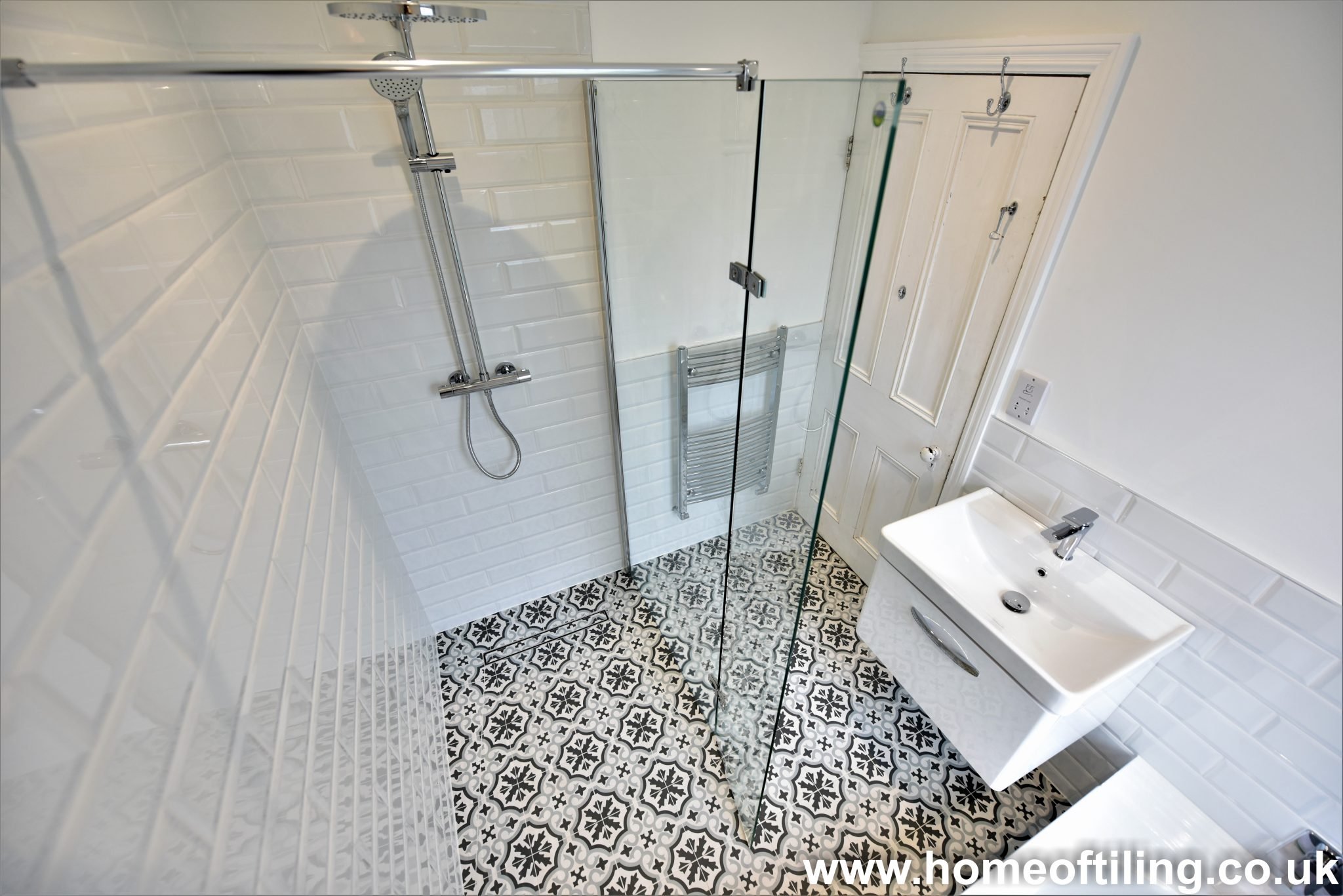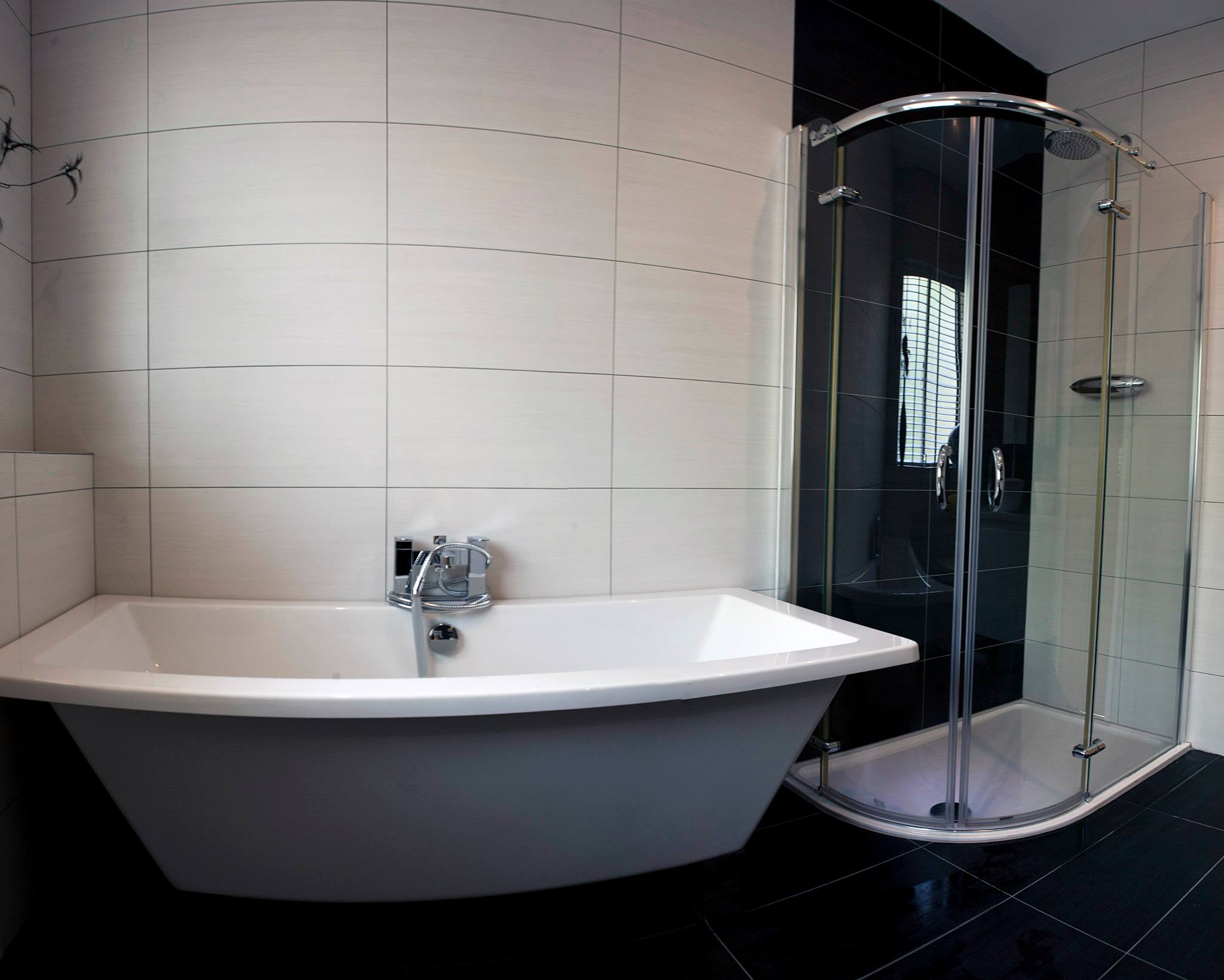
A mirror is much more than a surface for checking our appearance. Since their inception, mirrors have played a pivotal role in architecture and interior design, bringing light and depth into spaces, adorning lavish interiors, and even shaping the way we perceive the built environment.
The Birth of Reflective Surfaces
The history of mirrors dates back to ancient times. The earliest mirrors were simply polished surfaces, like obsidian stones or metal, used by civilizations such as the Ancient Egyptians and Mesopotamians. These rudimentary mirrors did not only serve for vanity, but they also held religious and symbolic connotations.
The Evolution of Mirror Technology
As technology advanced, mirrors became more refined. During the 1st century AD, the Romans began creating mirrors with glass, but these were not reflective enough to significantly impact architecture.
It wasn’t until the 13th century, in Venice, that the technique of making clear, flat glass mirrors backed with a thin layer of metallic coating was perfected. These mirrors were a luxury item, prized and cherished, as they offered a much clearer reflection than ever before.
Mirrors in Architecture
Mirrors began to be incorporated in architecture around the same time they were perfected in Venice. Architectural marvels such as the Hall of Mirrors in the Palace of Versailles demonstrate the grandeur that mirrors can contribute to a space. With the ability to reflect light and enhance the sense of space, mirrors quickly became an essential element in palatial architecture.
The strategic use of mirrors in architecture can create optical illusions, making spaces appear larger, longer, or deeper than they actually are. By playing with reflection and light, architects have pushed the boundaries of design and perception.
The Role of Mirrors in Modern Interior Design
In contemporary design, mirrors have become a mainstay of home interiors, particularly in smaller rooms and bathrooms. The use of mirrors in a small room can make the space feel larger, as the reflection creates an illusion of depth. The right placement of a mirror can even double the perceived space, making a compact apartment feel like a spacious loft.
In bathrooms, mirrors serve both functional and aesthetic roles. They assist in personal grooming routines while also contributing to the overall ambiance. Large mirrors can create an impression of opulence, making the bathroom feel more like a personal spa.
Mirrors as Light Enhancers
Mirrors are an excellent tool for enhancing natural light in a room. When correctly positioned, they can reflect sunlight around the space, making it feel brighter and more inviting. This can be particularly beneficial in rooms with limited windows or in darker spaces. By reflecting light, mirrors also contribute to energy efficiency, reducing the need for artificial lighting during the day.

From ancient polished stones to modern glass mirrors, the role of mirrors has evolved significantly through history. While they once served primarily as symbols of status or spiritual tools, today they are a staple in architectural and interior design, helping to shape the way we perceive and experience space.
Mirrors are a key tool for architects and designers, offering a clever solution to enhance natural light and create an illusion of space. Whether in a small apartment or a grand palace, the power of reflection can transform any room, making it feel larger, brighter, and more luxurious.

